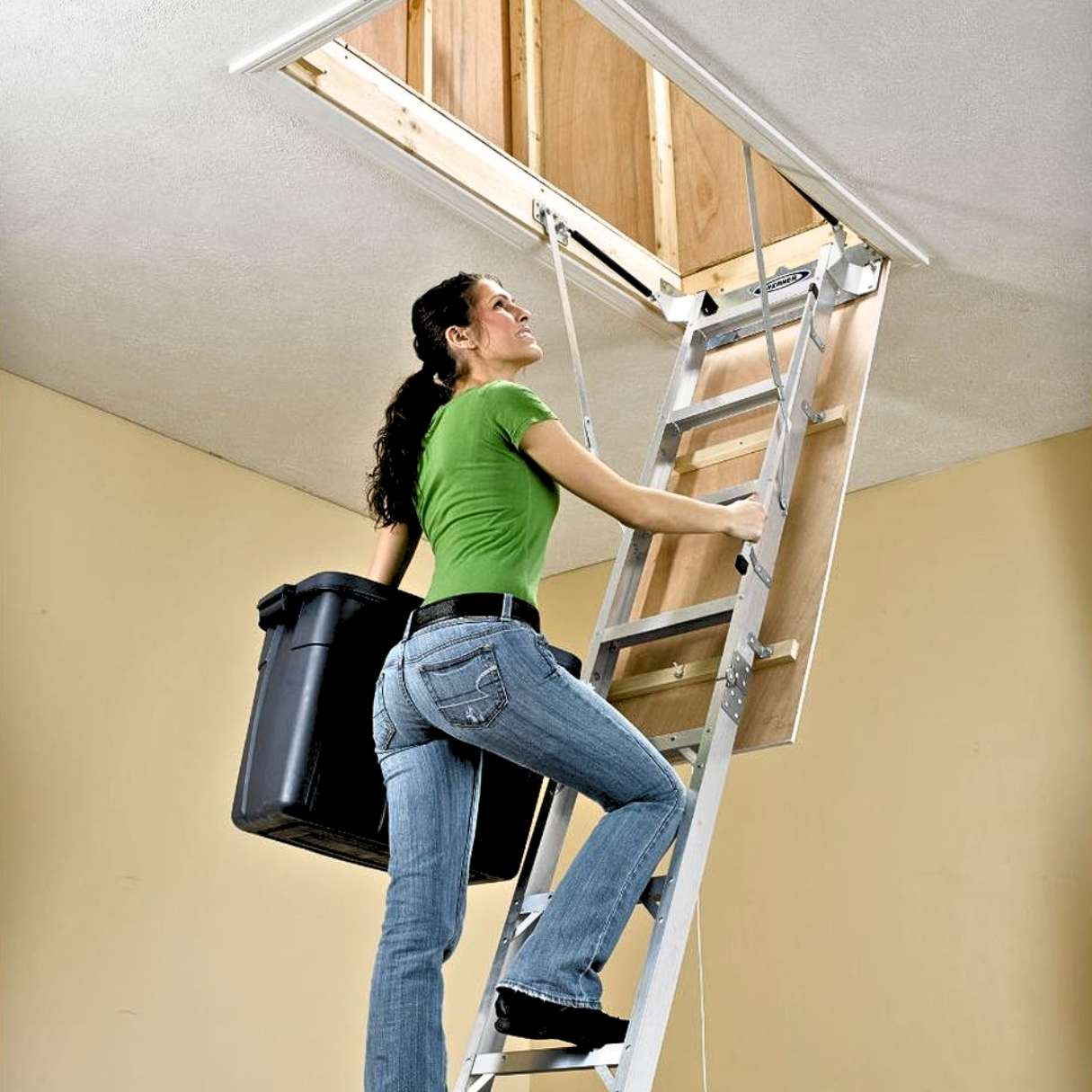

Articles
How To Insulate Pull Down Attic Stairs
Modified: October 18, 2024
Learn how to effectively insulate and improve energy efficiency in your home with our informative articles on insulating pull down atticstairs.
(Many of the links in this article redirect to a specific reviewed product. Your purchase of these products through affiliate links helps to generate commission for Storables.com, at no extra cost. Learn more)
Introduction
Welcome to our comprehensive guide on how to insulate pull down attic stairs. If you are a homeowner with an attic space, you may have found yourself wrestling with the challenge of insulating your attic stairs. Uninsulated attic stairs can be a significant source of energy loss, causing your heating and cooling systems to work harder and your utility bills to rise.
In this article, we will discuss the different types of attic stairs you may encounter, the importance of insulating them, and the step-by-step process of properly insulating your pull down attic stairs. We will also provide you with some valuable tips to maximize the effectiveness of the insulation, ensuring a more energy-efficient and comfortable home.
Before we dive into the details, it’s crucial to understand why insulating your pull down attic stairs is essential. Attic stairs are typically located in a ceiling, creating a break in the insulation barrier of your home. Without proper insulation, warm or cold air can easily escape through this opening, leading to temperature imbalances and energy wastage.
Insulating attic stairs not only helps maintain a consistent indoor temperature but also reduces the workload on your HVAC system, prolonging its lifespan and saving you money in the long run. Additionally, proper insulation can prevent drafts, minimize noise transmission between floors, and enhance the overall comfort of your living space.
Now that you understand the significance of insulating your pull down attic stairs, let’s explore the different types of attic stairs you may encounter in your home.
Key Takeaways:
- Properly insulating your pull down attic stairs is essential for energy efficiency, comfort, and HVAC system longevity. Choose the right insulation method, secure it snugly, and seal any gaps for optimal results.
- Enhance insulation efficiency by implementing additional tips such as weatherstripping, reflective insulation, and regular maintenance. Investing in attic ventilation and insulated stair covers can further improve energy savings and home comfort.
Read more: How To Build Pull Down Attic Stairs
Types of Attic Stairs
Attic stairs come in various designs and styles, each offering unique features and benefits. Understanding the different types of attic stairs will help you determine the most suitable insulation method for your specific needs. Here are a few common types of attic stairs:
- Traditional Folding Attic Stairs: Also known as “pull down stairs,” this type features a foldable ladder that unfolds and extends when you need to access the attic. These stairs are typically made of wood or aluminum and are operated by a pull cord or a spring-loaded mechanism.
- Telescoping Attic Ladders: Telescoping stairs are compact and take up minimal space in your hallway or ceiling. They consist of overlapping sections that can be extended or retracted, providing easy access to the attic. These ladders are usually made of lightweight aluminum.
- Scissor Attic Stairs: Scissor stairs are a popular choice for those looking for a more stable and durable option. This type of attic stairs features a folding ladder system that extends and retracts like a pair of scissors. They are constructed with steel or aluminum, making them sturdy and capable of handling heavy loads.
- Electric Attic Stairs: Electric or motorized attic stairs offer the ultimate convenience and ease of use. These stairs are operated with the push of a button, eliminating the need for manual folding or unfolding. Electric attic stairs are typically made of aluminum and are commonly used when the attic access point is on higher floors.
Each type of attic stairs has its advantages and considerations. Factors such as available space, ceiling height, weight capacity, and personal preference will influence your choice. Now that you’re familiar with the different types of attic stairs, it’s time to delve into the importance of insulating them.
Importance of Insulating Attic Stairs
Insulating your attic stairs is crucial for maintaining energy efficiency, comfort, and cost savings in your home. Here are some key reasons why insulating attic stairs is important:
- Energy Efficiency: Attic stairs, especially traditional folding stairs, create a break in the insulation barrier of your home. Without proper insulation, conditioned air from your living space can escape and be replaced by unconditioned air from the attic. This leads to energy loss and increases the workload on your heating and cooling systems, resulting in higher energy bills.
- Improved Comfort: Insulating attic stairs helps create a thermal barrier, preventing drafts and temperature imbalances. By reducing heat transfer through the stairs, you can maintain a more consistent and comfortable indoor temperature throughout your home.
- Noise Reduction: Attic stairs can be a source of noise transmission between floors. By adding insulation, you can minimize sound transfer, creating a quieter and more peaceful living environment.
- Moisture Control: Insulating attic stairs can also help control moisture levels. An uninsulated attic stairwell can act as a conduit for moisture, potentially leading to condensation issues and mold growth. Proper insulation can mitigate these risks and maintain a healthy indoor environment.
- Preserving HVAC Efficiency: When your attic stairs are properly insulated, your heating and cooling systems don’t have to work as hard to compensate for the energy loss caused by uninsulated stairs. This can help extend the lifespan of your HVAC system and potentially reduce maintenance and repair costs.
Now that you understand the importance of insulating your attic stairs, let’s move onto the materials and tools you’ll need for the insulation process.
Materials and Tools Needed
Before you begin insulating your pull down attic stairs, gather the following materials and tools:
- Insulation: Choose the appropriate type of insulation for your attic stairs. Common options include fiberglass batts, foam board, or spray foam insulation.
- Insulation R-value Calculator: Use an online insulation R-value calculator to determine the recommended insulation level for your climate zone.
- Measuring Tape: Measure the dimensions of your attic stairs to determine the amount of insulation needed.
- Utility Knife: Use a utility knife to cut the insulation to the desired size.
- Foam Sealant: Depending on the type of insulation you choose, you may need foam sealant to fill any gaps or air leaks around the attic stairs.
- Staple Gun or Adhesive: Use a staple gun or adhesive to secure the insulation in place.
- Protective Gear: Wear appropriate protective gear, such as gloves, goggles, and a dust mask, when handling insulation materials.
It’s important to have all the necessary materials and tools ready before you start the insulation process to ensure a smooth and efficient installation. Once you have everything in place, you’ll be ready to embark on insulating your pull down attic stairs. In the next section, we will provide you with a step-by-step guide to help you through the process.
Consider using a foam box or tent to insulate pull-down attic stairs. These can be easily installed and help prevent heat loss and drafts.
Step-by-Step Guide to Insulating Pull Down Attic Stairs
Follow these steps to properly insulate your pull down attic stairs:
- Measure and Assess: Start by measuring the dimensions of your attic stairs and the available space for insulation. This will help you determine the amount of insulation materials you’ll need.
- Prepare the Attic: Clear any debris or obstacles from the area around the attic stairs. Ensure that the area is clean and free of obstructions for easy access during the insulation process.
- Cut the Insulation: Using a measuring tape and utility knife, cut the insulation to the appropriate size. Ensure that it fits snugly within the dimensions of the attic stairs and covers any exposed areas that may contribute to energy loss.
- Secure the Insulation: Use a staple gun or adhesive to secure the insulation in place. Pay special attention to the edges and corners, ensuring they are well sealed and properly covered.
- Seal Gaps and Air Leaks: If there are any gaps or air leaks around the attic stairs, use foam sealant to fill them. This will help create a tight seal and prevent the escape of conditioned air.
- Insulate the Attic Stair Door: Don’t forget to insulate the attic stair door as well. Attach insulation materials to the door panel, making sure to cover all sides and edges.
- Test the Insulation: Once you have completed the insulation process, close the attic stairs and check for any light leaks or areas where insulation might be insufficient. Make any necessary adjustments or additions to ensure complete coverage.
- Monitor and Maintain: Regularly inspect the insulation around the attic stairs to ensure it remains intact and properly sealed. Check for any signs of damage or wear and make necessary repairs or replacements as needed.
By following these steps, you will be able to effectively insulate your pull down attic stairs and enhance the energy efficiency and comfort of your home. However, there are a few additional tips that can further improve the insulation efficiency, which we will discuss in the next section.
Additional Tips for Insulation Efficiency
To maximize the efficiency of your attic stairs insulation, consider implementing the following tips:
- Weatherstripping: Apply weatherstripping around the edges of the attic stair door to create a tight seal. This will prevent air leaks and further enhance insulation efficiency.
- Reflective Insulation: For added insulation effectiveness, consider installing reflective insulation on the attic side of the stairs. Reflective insulation helps to reflect heat and reduce energy transfer.
- Insulate the Attic: While insulating the attic stairs is important, it’s also crucial to insulate the attic space itself. Proper attic insulation will further optimize energy efficiency and temperature control throughout your home.
- Duct Sealing: If your HVAC system is located in the attic, ensure that the air ducts are properly sealed to prevent air leakage and energy loss.
- Attic Ventilation: Proper attic ventilation plays a vital role in maintaining energy efficiency and preventing heat buildup. Install attic vents to facilitate proper air circulation and reduce the strain on your HVAC system.
- Consider Insulated Attic Stair Cover: If your budget allows, investing in an insulated attic stair cover can provide an additional layer of insulation and further improve energy efficiency.
- Regular Maintenance: Periodically check the insulation around the attic stairs for any signs of damage or wear. Ensure that it remains properly secured and replace or repair any areas that show signs of deterioration.
By implementing these additional tips, you can enhance the insulation efficiency of your pull down attic stairs and create a more energy-efficient and comfortable living environment. Now that you have learned all the necessary steps and tips, it’s time to conclude our guide.
Conclusion
Insulating your pull down attic stairs is a crucial step in ensuring energy efficiency and maintaining a comfortable home environment. By following the step-by-step guide outlined in this article, you can effectively insulate your attic stairs and minimize energy loss.
Keep in mind the different types of attic stairs and choose the insulation method that suits your specific needs. Take accurate measurements, secure the insulation properly, and seal any gaps or air leaks to create a tight thermal barrier.
Remember, proper insulation not only helps reduce energy consumption but also enhances comfort by preventing temperature imbalances and noise transmission. It can also contribute to the longevity of your HVAC system and prevent moisture-related issues.
Don’t forget to implement additional insulation efficiency tips, such as weatherstripping, reflective insulation, and attic ventilation, to further optimize energy savings and overall insulation performance.
Regular monitoring and maintenance of your attic stair insulation are essential to ensure its integrity and effectiveness. Periodically check for any signs of damage or wear and make necessary repairs or replacements as needed.
Insulating your pull down attic stairs is a worthwhile investment that offers long-term benefits. It improves energy efficiency, saves money on utility bills, enhances comfort, and contributes to a greener and more sustainable home.
Now that you have the knowledge and guidance to insulate your pull down attic stairs, it’s time to get started! Take the necessary steps to secure your home’s energy efficiency and create a more comfortable living space.
Frequently Asked Questions about How To Insulate Pull Down Attic Stairs
Was this page helpful?
At Storables.com, we guarantee accurate and reliable information. Our content, validated by Expert Board Contributors, is crafted following stringent Editorial Policies. We're committed to providing you with well-researched, expert-backed insights for all your informational needs.
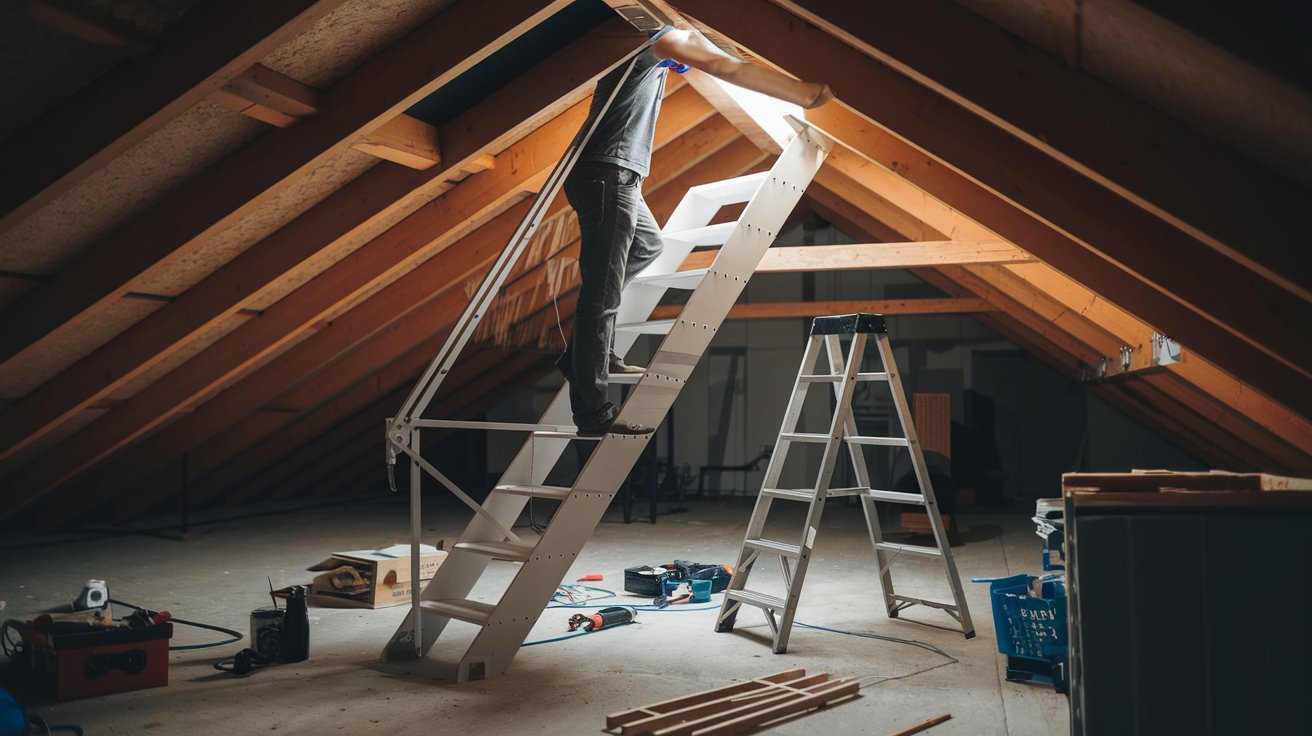
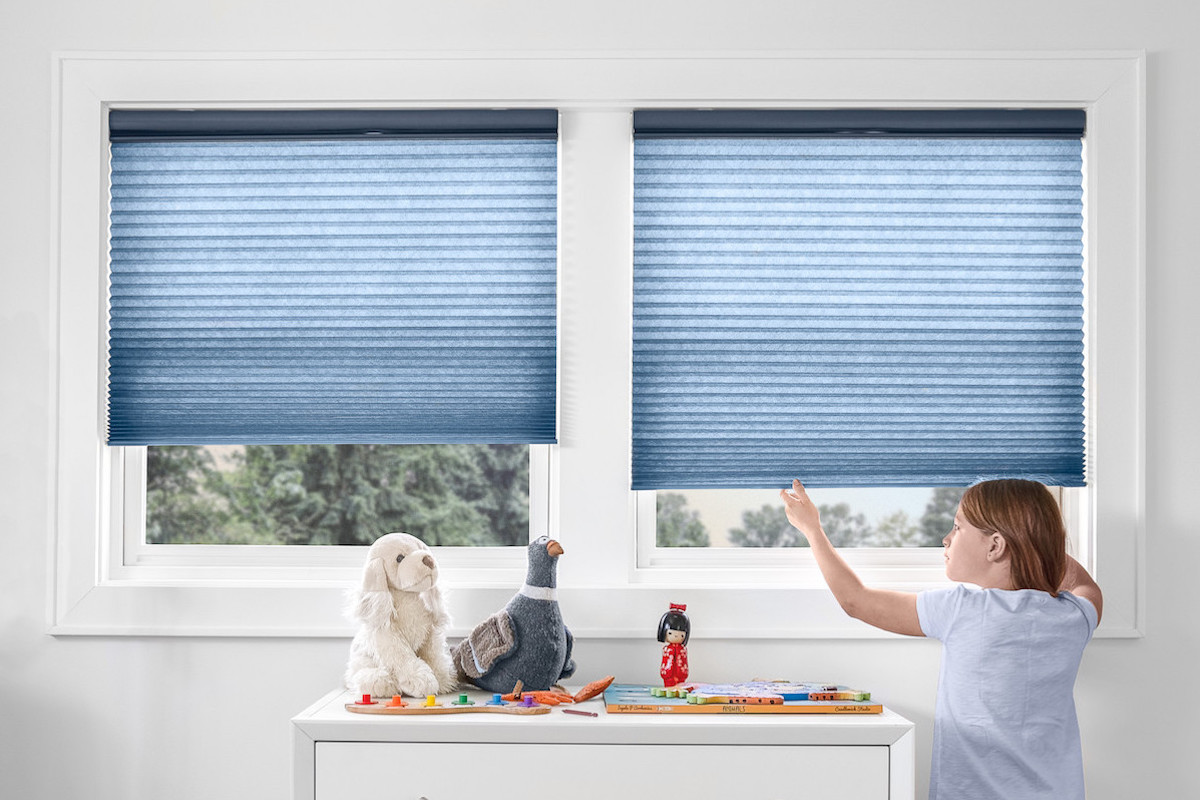
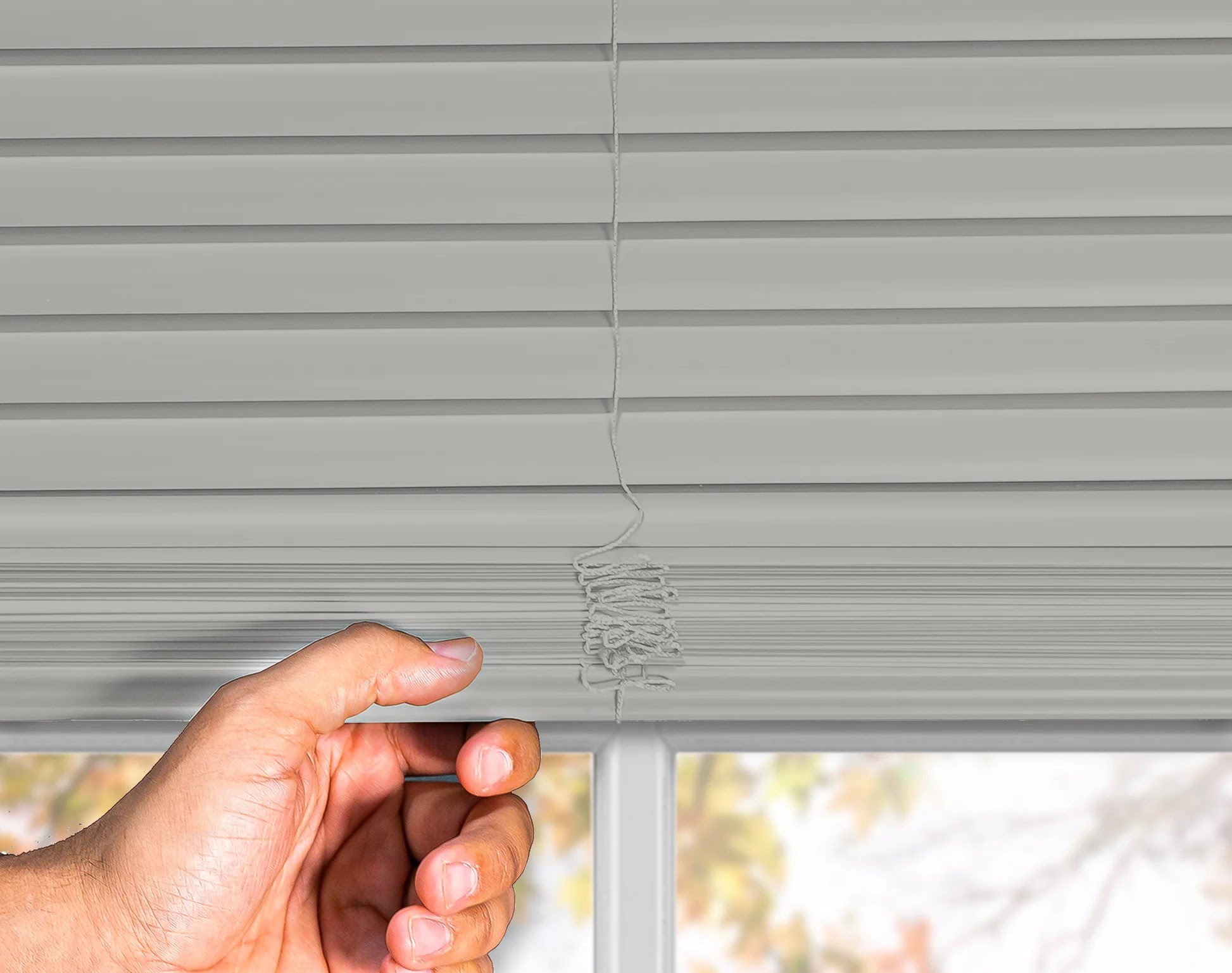
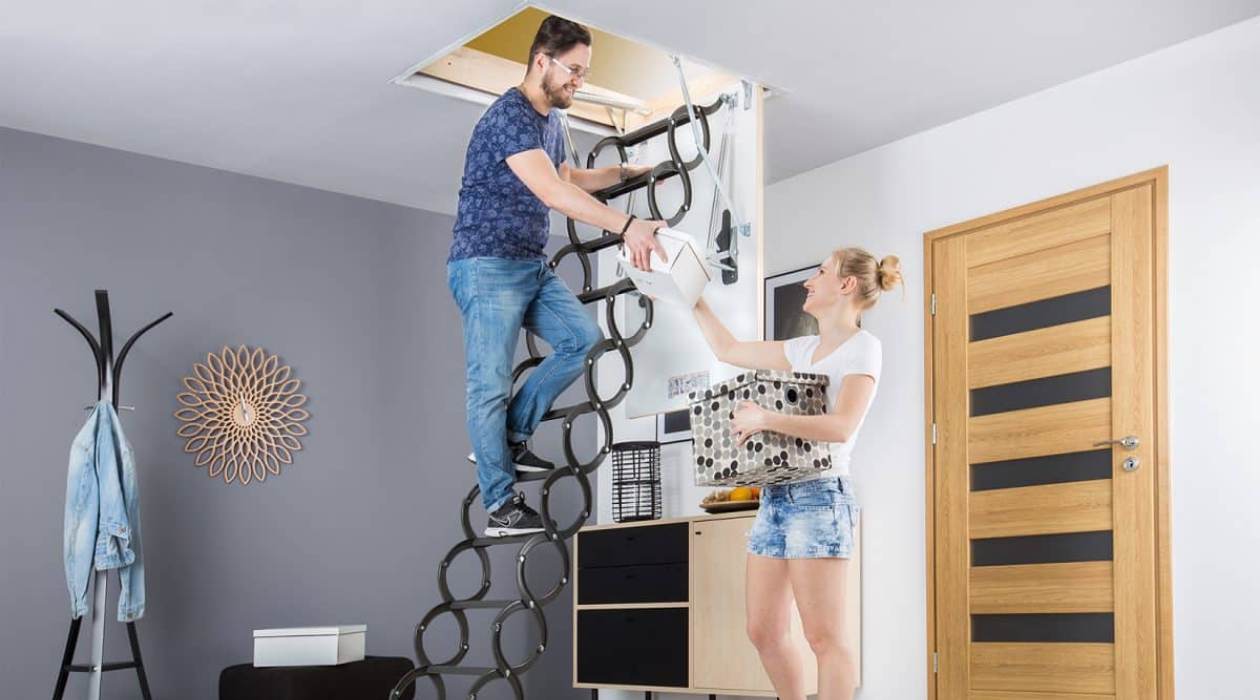
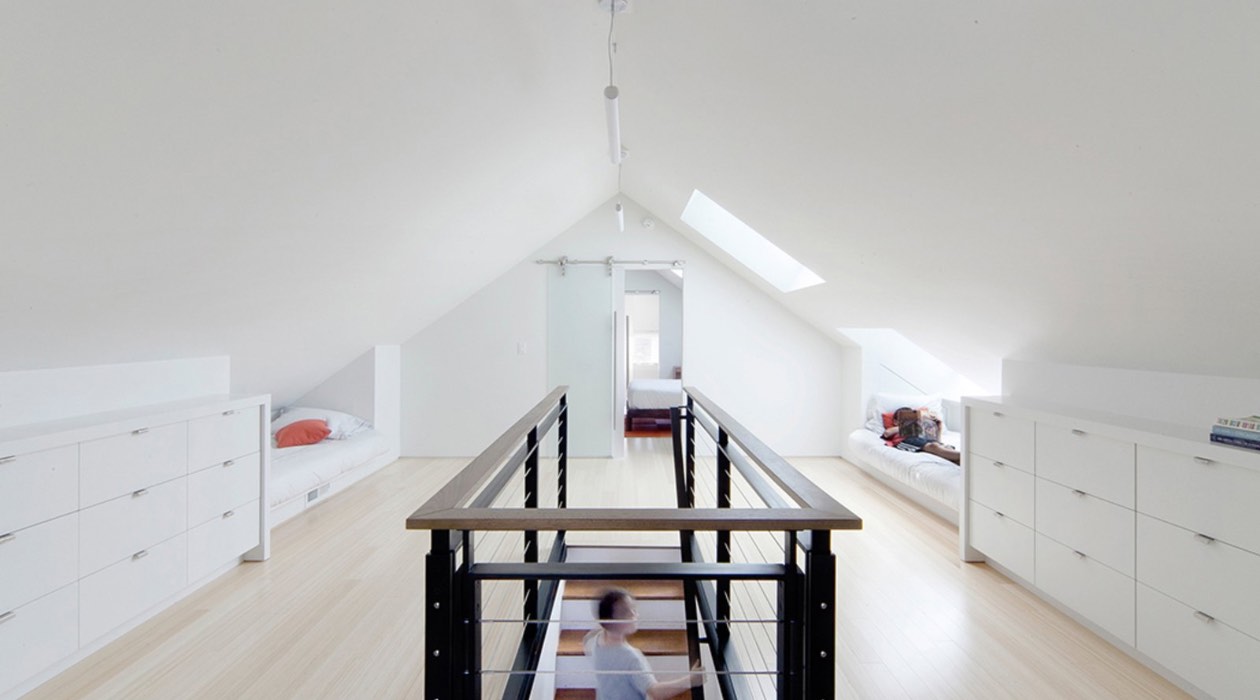
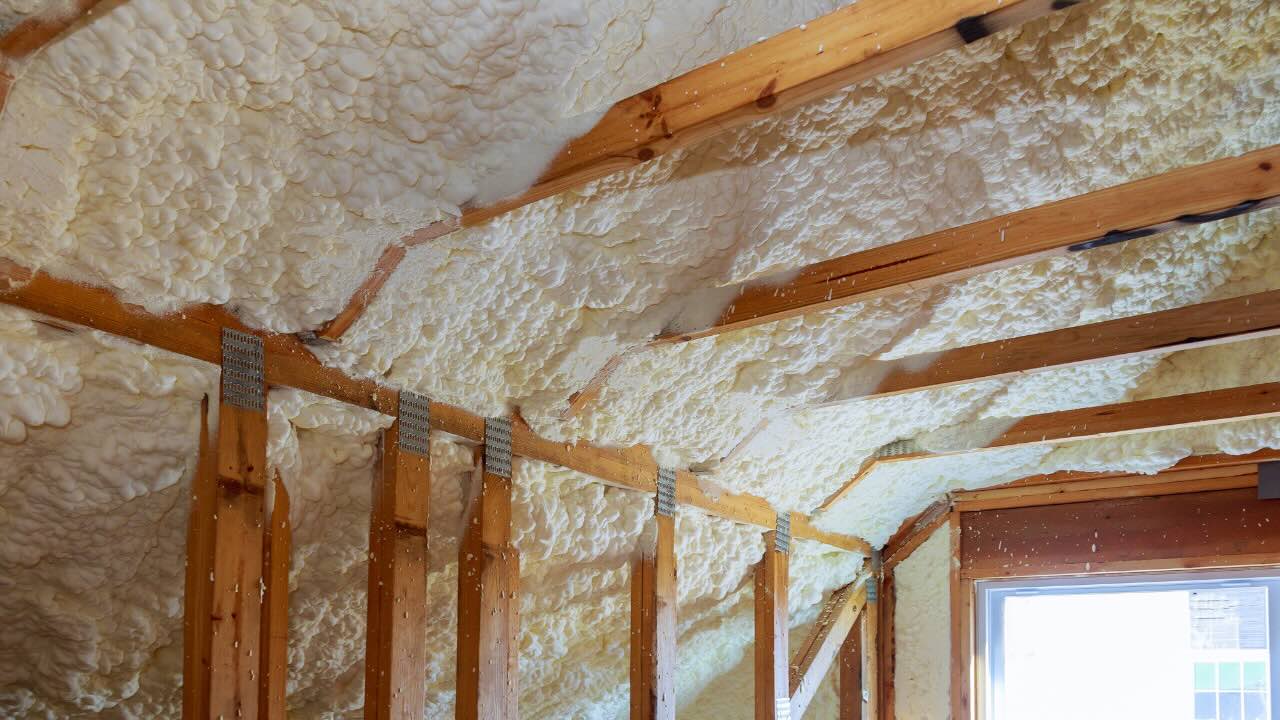
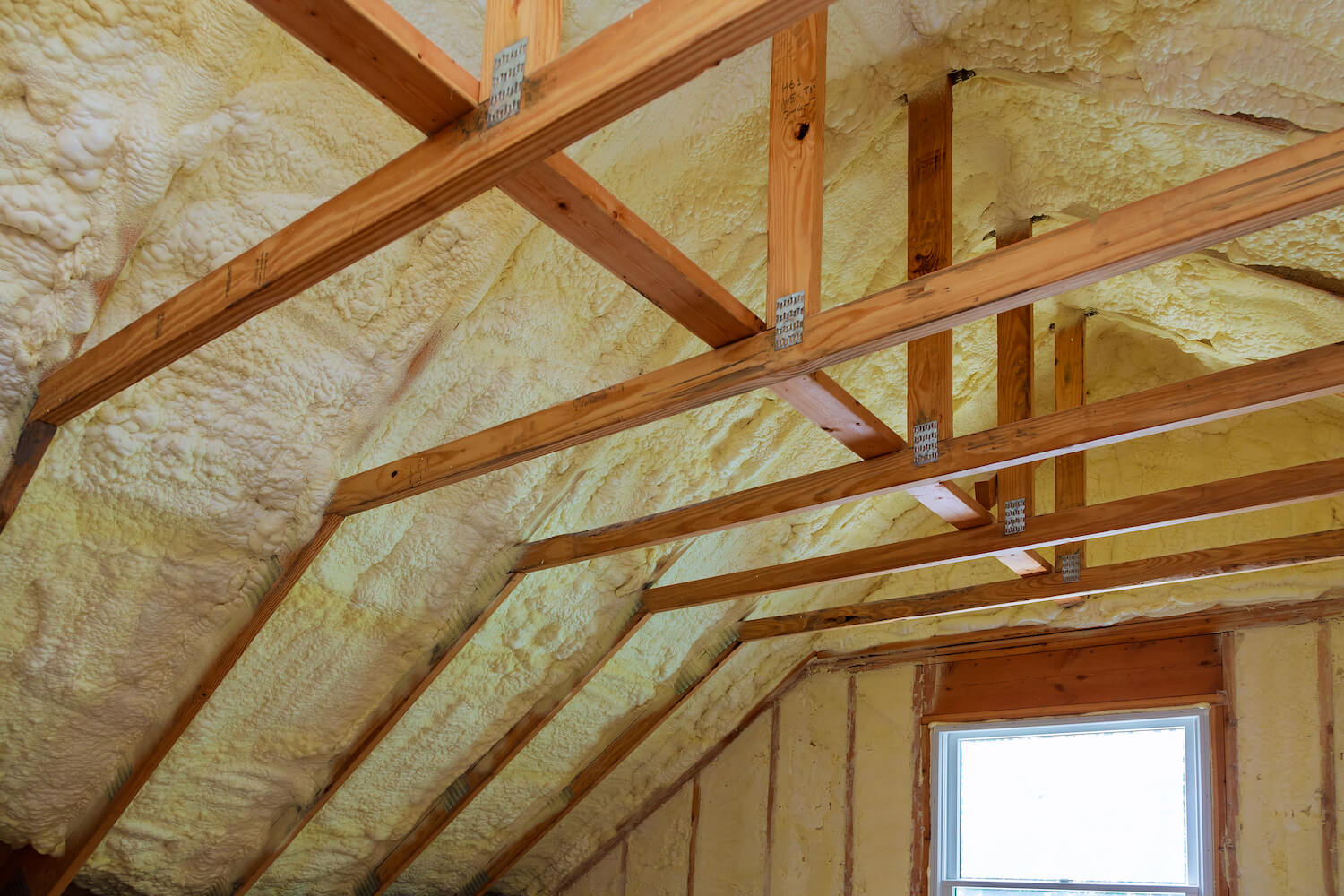
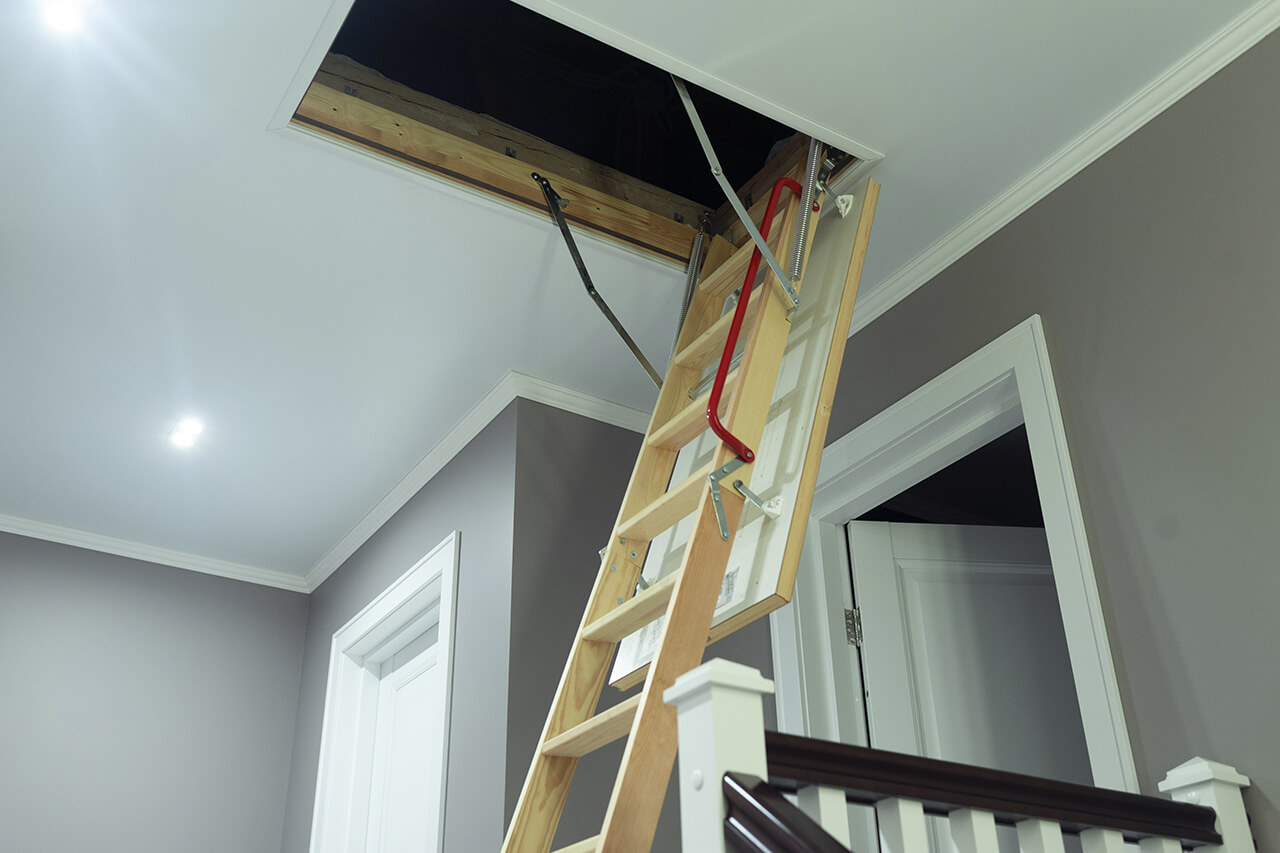
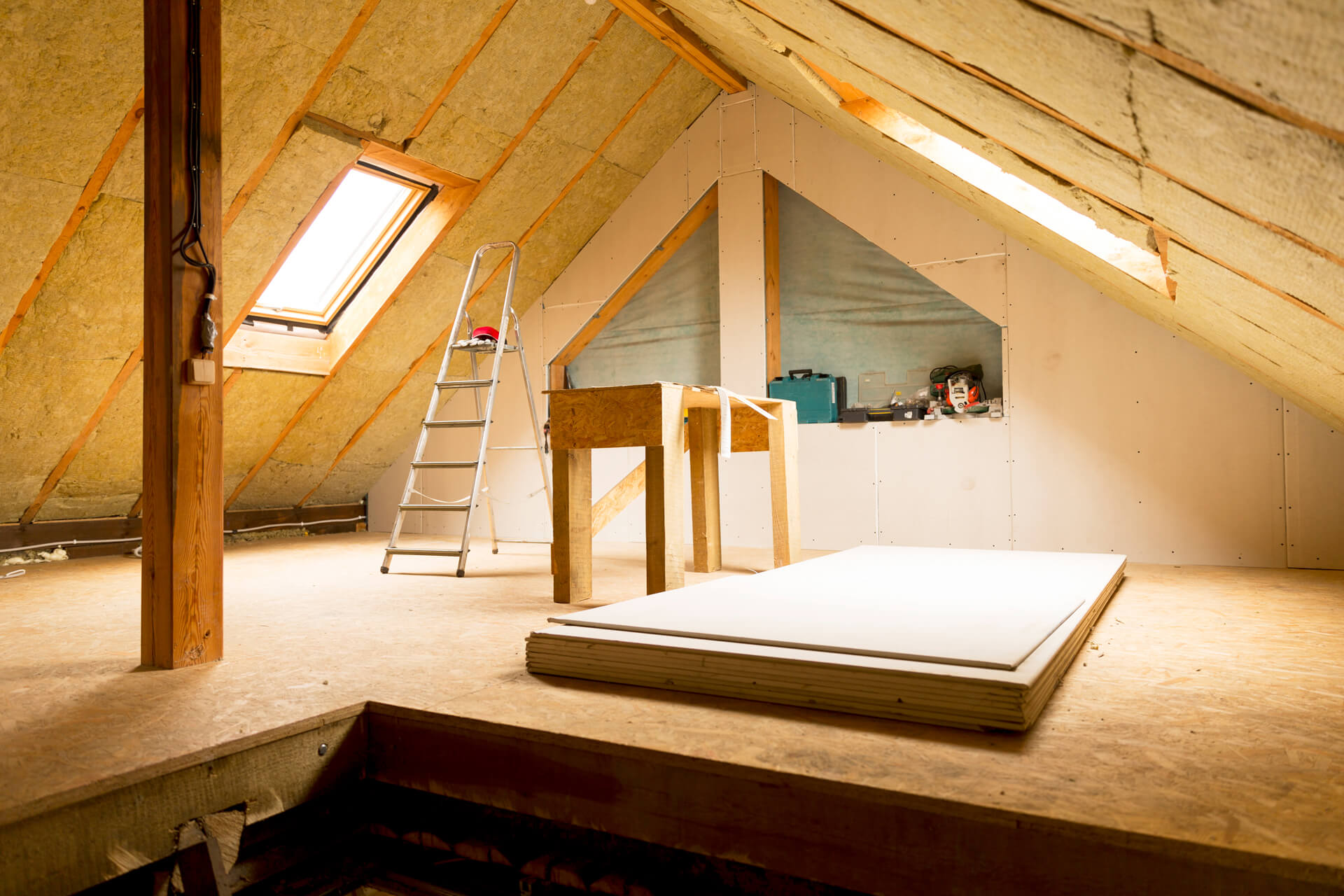
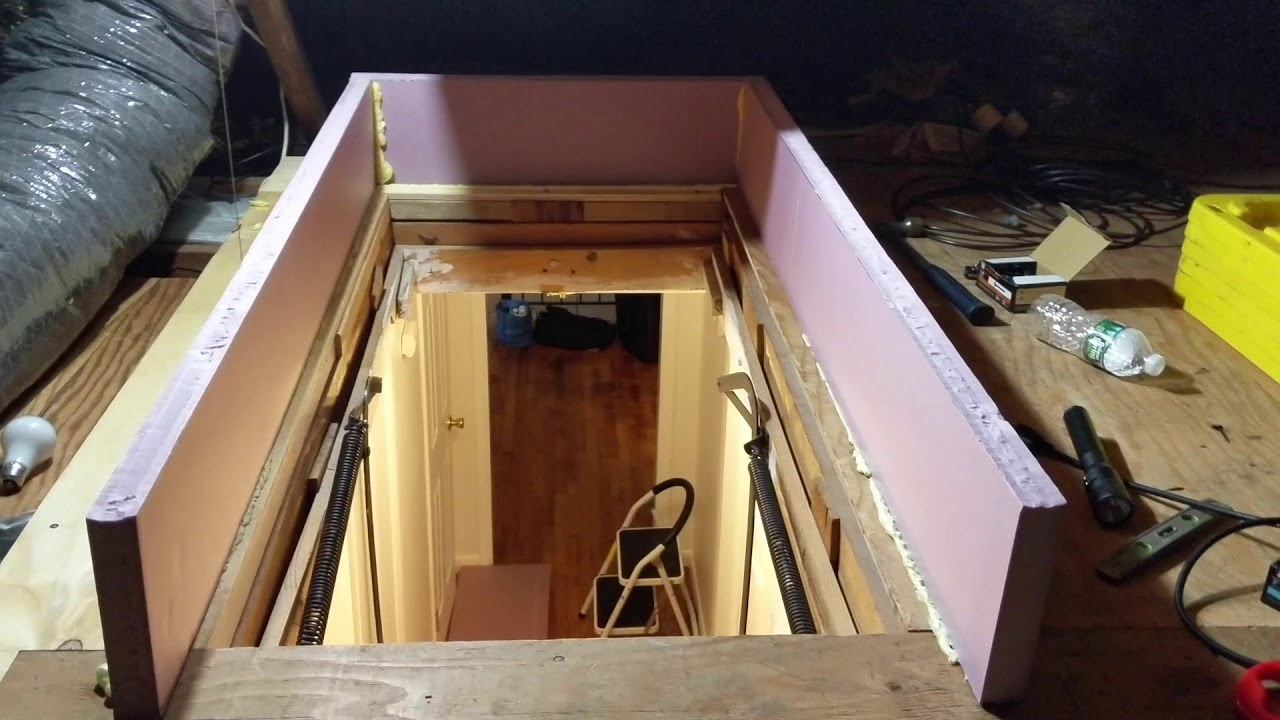

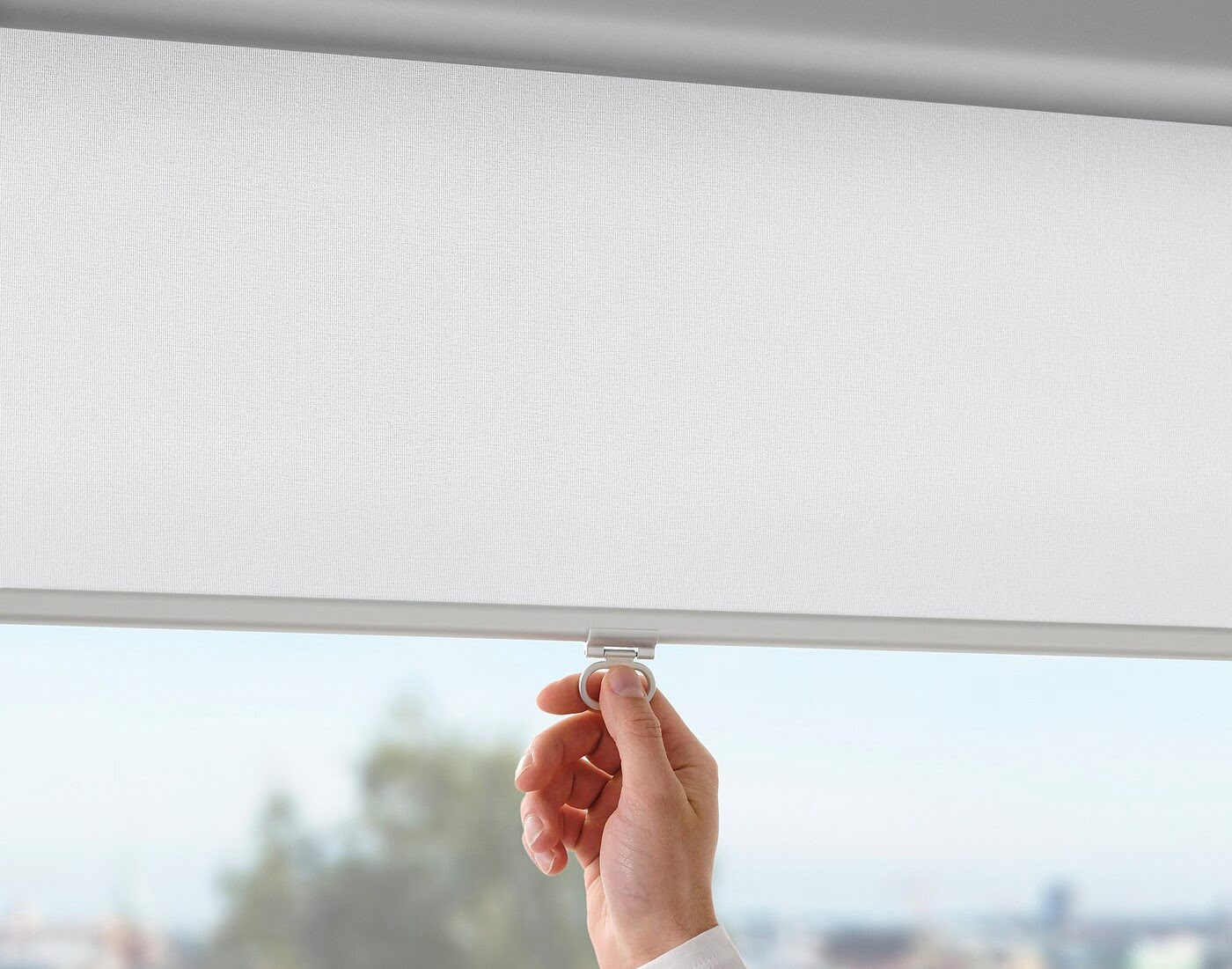
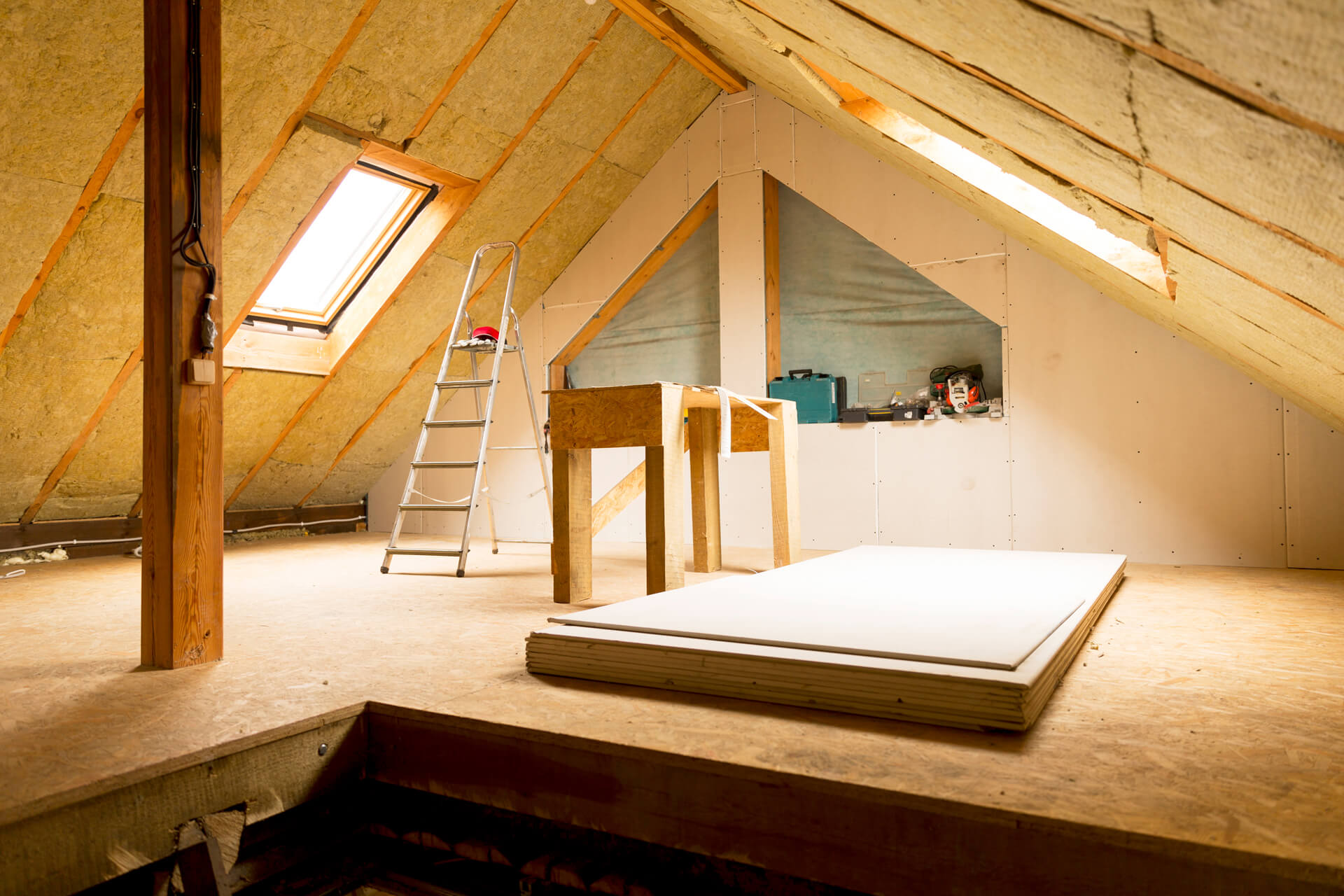
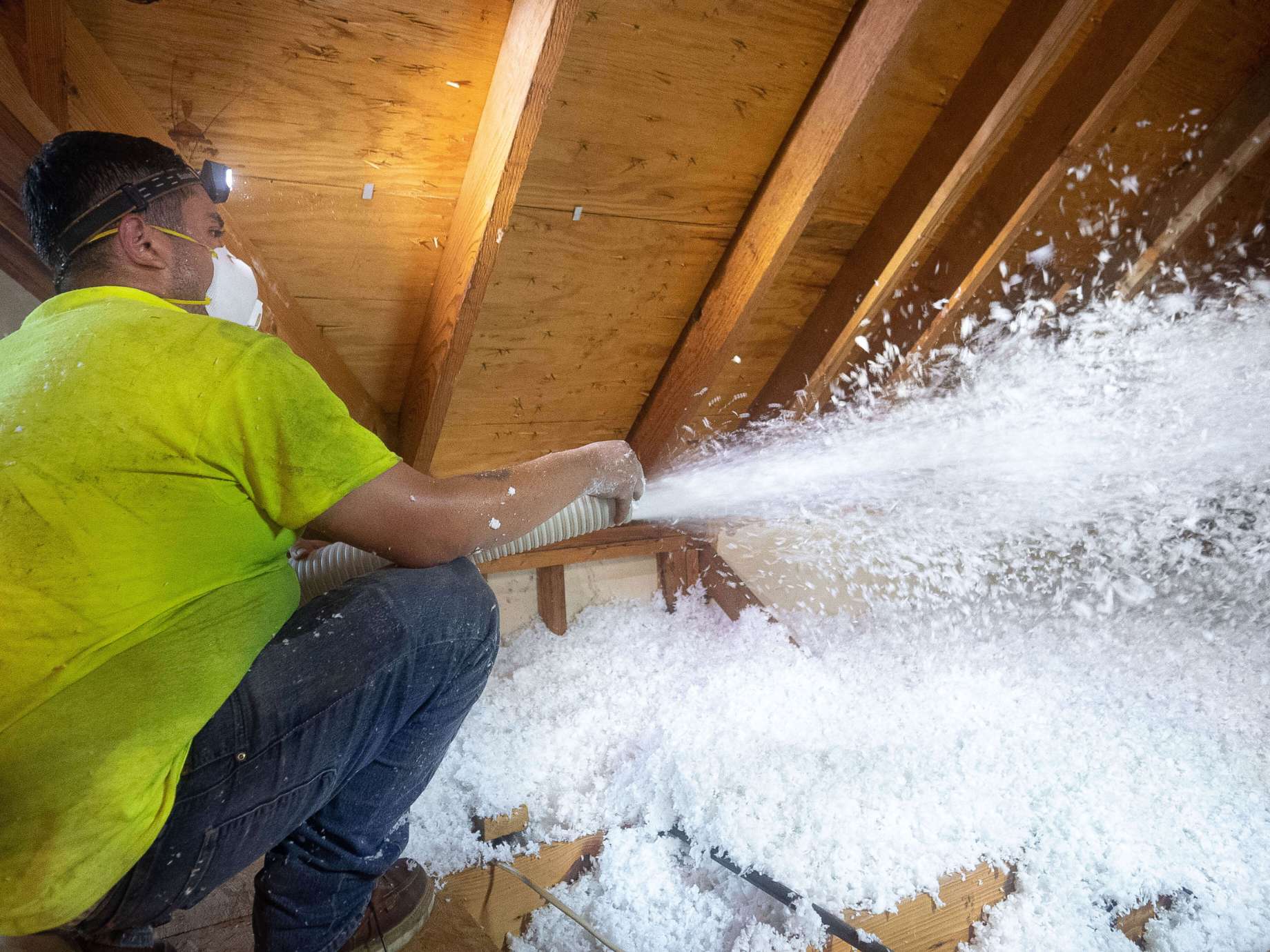

0 thoughts on “How To Insulate Pull Down Attic Stairs”